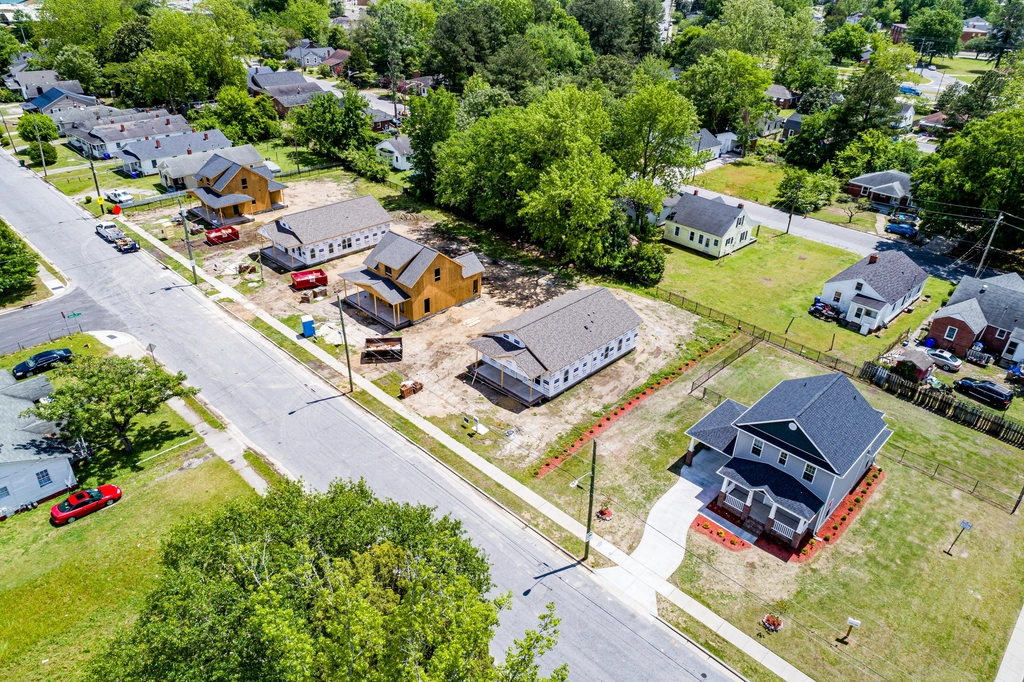The Enigma of Cahokia

Cahokia, located near present-day St. Louis, Missouri, was a vibrant and bustling city that thrived between 600 and 1400 AD. At its zenith, Cahokia’s population may have surpassed 20,000 people, making it larger than London at the time. The city was renowned for its grand earthen mounds, intricate trade networks, and sophisticated societal structures. Despite its momentous status, Cahokia’s story ended in mystery and decline, leaving historians and archaeologists puzzled over the causes of its abandonment. Today, Cahokia stands as a testament to the complex societies that existed in North America long before European settlers arrived.
The Rise of Cahokia

Cahokia’s emergence as a significant cultural and political hub was during the Mississippian period. Its strategic location at the confluence of the Mississippi, Missouri, and Illinois rivers was crucial for trade and communication. Key features of Cahokia included Monks Mound, the largest earthen structure in North America, standing 100 feet tall and covering 14 acres. Another fascinating aspect was Woodhenge, a solar calendar made of wooden posts that demonstrated the inhabitants’ advanced astronomical knowledge. The city’s trade networks connected various regions, facilitating the exchange of goods like pottery, tools, and agricultural products. The population was diverse, comprising different tribes and cultures, with agriculture as a cornerstone, mainly the cultivation of maize, beans, and squash.
The Cultural Significance of Cahokia

Cahokia was more than just a city; it was a cultural phenomenon. The Mississippian people developed a complex social hierarchy, with powerful leaders known as “chiefs.” Religious practices were deeply embedded in daily life, and the mounds served both ceremonial and political purposes. Cahokia was a melting pot of ideas, art, and innovation, influencing neighboring communities. The city’s cultural and religious activities created a vibrant tapestry of life that drew people from various regions, making it an influential center during its time.
Factors Leading to Decline

Despite its grandeur, Cahokia began to decline around the 13th century due to several factors. Environmental changes like deforestation and soil depletion from intensive agriculture may have led to food shortages. Additionally, climate change, particularly a series of droughts, could have severely impacted agricultural output, resulting in famine. Internal conflicts and power struggles among the elite may have destabilized the community, while changes in trade routes and relationships with neighboring tribes could have isolated Cahokia economically. These factors combined to create a perfect storm that led to the city’s abandonment by the 14th century.
Archaeological Discoveries

Archaeological excavations at Cahokia have unearthed a wealth of information about its inhabitants. Artifacts such as pottery, tools, and ceremonial objects provide insights into the daily lives and beliefs of the Mississippian people. The ongoing research continues to reveal new details about the city’s layout, social structure, and cultural practices. The archaeological findings highlight the advanced nature of Cahokia’s society and its contributions to the broader Mississippian culture.
The Legacy of Cahokia

Today, Cahokia is recognized as a UNESCO World Heritage Site, preserving its historical significance for future generations. The site serves as a reminder of the advanced societies that existed in North America long before European contact. Educational programs and visitor centers aim to raise awareness about Cahokia’s history and its impact on the understanding of indigenous cultures. The legacy of Cahokia is a testament to the ingenuity and resilience of its people, offering valuable lessons for contemporary society.
Lessons from the Past

Cahokia’s story serves as a poignant reminder of the complexities of human civilization. Its rise and fall illustrate the delicate balance between environmental sustainability, social cohesion, and cultural innovation. As we face modern challenges such as climate change and resource management, the lessons learned from Cahokia’s history remain relevant. Understanding the factors that led to its decline can inform contemporary discussions about sustainability and resilience in our own communities. By reflecting on Cahokia’s past, we can better appreciate the rich tapestry of human history and the lessons it has to offer.
The Mystery of Cahokia’s Abandonment

The reasons behind Cahokia’s abandonment remain shrouded in mystery, with various theories proposed by historians and archaeologists. Some suggest that external pressures, such as invasions by other tribes, could have contributed to the city’s decline. Others believe that internal social changes, like a shift in religious or political ideologies, may have played a role. Despite the many theories, the true cause of Cahokia’s abandonment continues to elude scholars, adding to the enigmatic nature of this lost city.
Preserving Cahokia’s Heritage

Efforts to preserve Cahokia’s heritage have been ongoing, with initiatives aimed at protecting the site and educating the public about its significance. Conservation efforts focus on maintaining the integrity of the mounds and other archaeological features, ensuring that future generations can learn from this ancient city. Public outreach programs, including lectures, tours, and interactive exhibits, aim to engage people with Cahokia’s history and its contributions to our understanding of pre-Columbian societies. Through these efforts, Cahokia’s legacy continues to be celebrated and preserved for future generations.
Engaging with Cahokia’s History

For those interested in exploring more about Cahokia, numerous resources are available to delve deeper into its history. Books like “Cahokia: Ancient America’s Great City on the Mississippi” by Timothy R. Pauketat provide in-depth analyses of the city’s rise and fall. The Cahokia Mounds State Historic Site website offers valuable information and resources for visitors. Documentaries and educational videos available on platforms like PBS and YouTube provide visual insights into Cahokia’s significance. By engaging with these resources, we can gain a deeper appreciation for this remarkable city and its enduring impact on human history.





